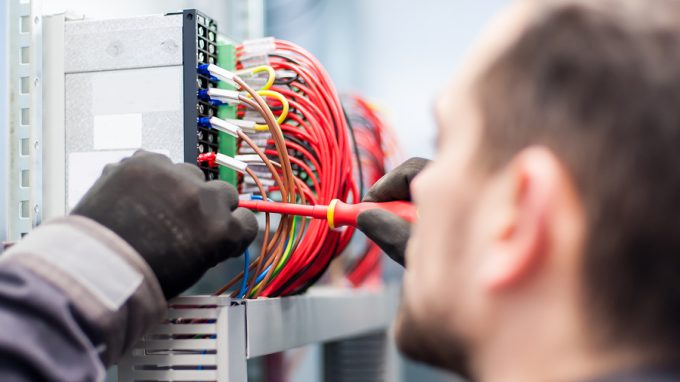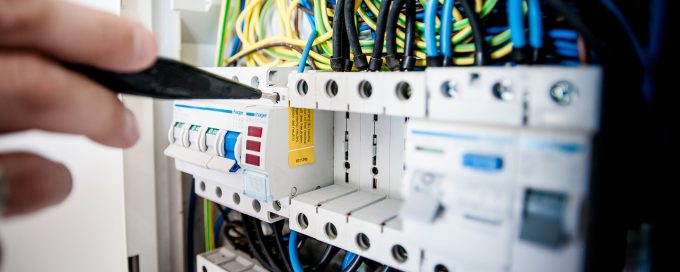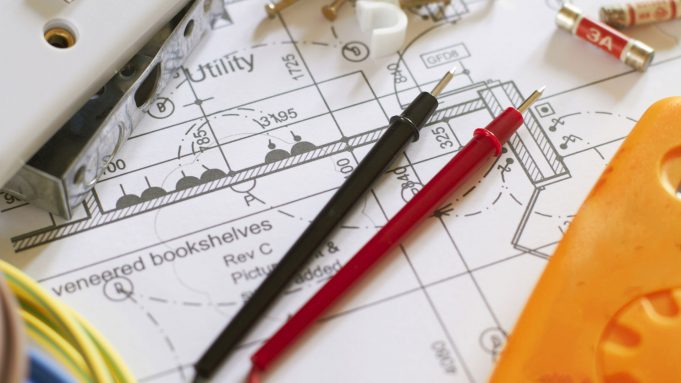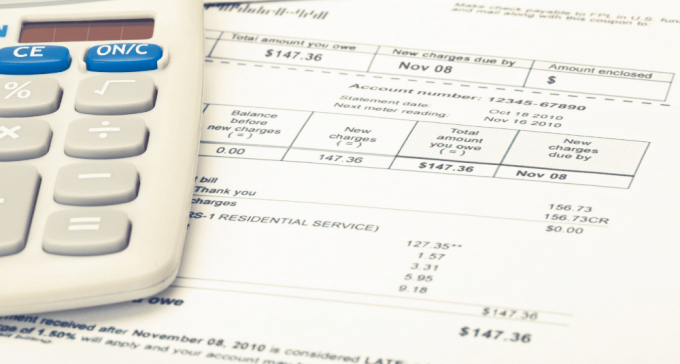It can be tempting to avoid making improvements to your commercial electrical system for as long as possible for the sake of your company’s operational budget. However, putting off upgrades and replacements can actually cost you more in the long run especially if your equipment experiences enough wear and tear to malfunction, which could cause outages or fires.
Here are four signs of your commercial or industrial electrical system needs improvement.
You’ve Experienced an Overload or Outage

The most obvious sign your system requires updating is an overt glitch, like a power surge resulting in damage to equipment — or a subsequent outage.
According to the National Electrical Manufacturers Association or NEMA, surges are “brief overvoltage spikes or disturbances on a power waveform that can damage, degrade, or destroy electronic equipment” within the commercial, industrial and manufacturing facilities. Though many surges last only microseconds, they have the potential to negatively impact a system for a long time afterward.
Although it’s natural to associate surges with external causes like lightning storms or power company problems, NEMA observes that 60 to 80 percent of surges originate within a facility. That means businesses have a lot of control over the likelihood of experiencing one.
Surges often happen when electrical loads switch on or off. This can damage equipment gradually over time — or suddenly if the event is large enough. What can businesses do? Maintain equipment like contactors, relays, circuit breakers, transformers, motors, and switchgear — and replace devices before they fail catastrophically.
You Need to Upgrade to Stay Compliant

Another reason you may need to upgrade the aforementioned equipment is compliance standards from organizations like the National Fire Protection Association (NFPA) change over time. What once counted as compliant will inevitably become outdated, which increases its risk of failing or operating inefficiently. Plus, operating out of compliance puts you at risk of regulatory penalties from organizations like the Occupational Safety and Health Administration (OSHA), which incorporate certain NFPA standards into their regulations.
Stay on top of shifting requirements, looking into the future to anticipate improvements you’ll need to make before it’s urgent — or worse, too late. The upside to maintaining and upgrading your equipment regularly is you’ll be providing better arc flash protection, which reduces the risk of a potentially harmful explosion resulting from equipment failure.
Your Utility Bills Are Rising 
Remember when incandescent light bulbs were the norm? Eventually, we became aware of the fact they lose most of their energy as heat, which makes them an inefficient method of illuminating a room.
Now, most people reach for LED or fluorescent bulbs.
Electrical systems continuously move toward increased efficiency over time. Sticking with outdated equipment, — in addition to presenting a higher risk for malfunction — inflates utility bills. In other words, upgrading your equipment can boost efficiency, making your operations greener and more cost-effective.
For instance, automating your electrical system can help you save money when full power is unnecessary. A larger facility like a factory could save thousands per year by being more diligent about powering down equipment when it’s not in use.
Your Equipment Has Compatibility Issues
If you only replace the components of your systems on an as-needed basis, you’ll eventually hit a point where certain systems and devices become incompatible with others. Anticipating this may mean retrofitting older equipment with modern improvements or replacing it altogether. Always inquire about compatibility issues during the purchasing process so you can know what to expect.
These four signs may indicate it’s time to upgrade your electrical system — for safety reasons, financial reasons or both.










